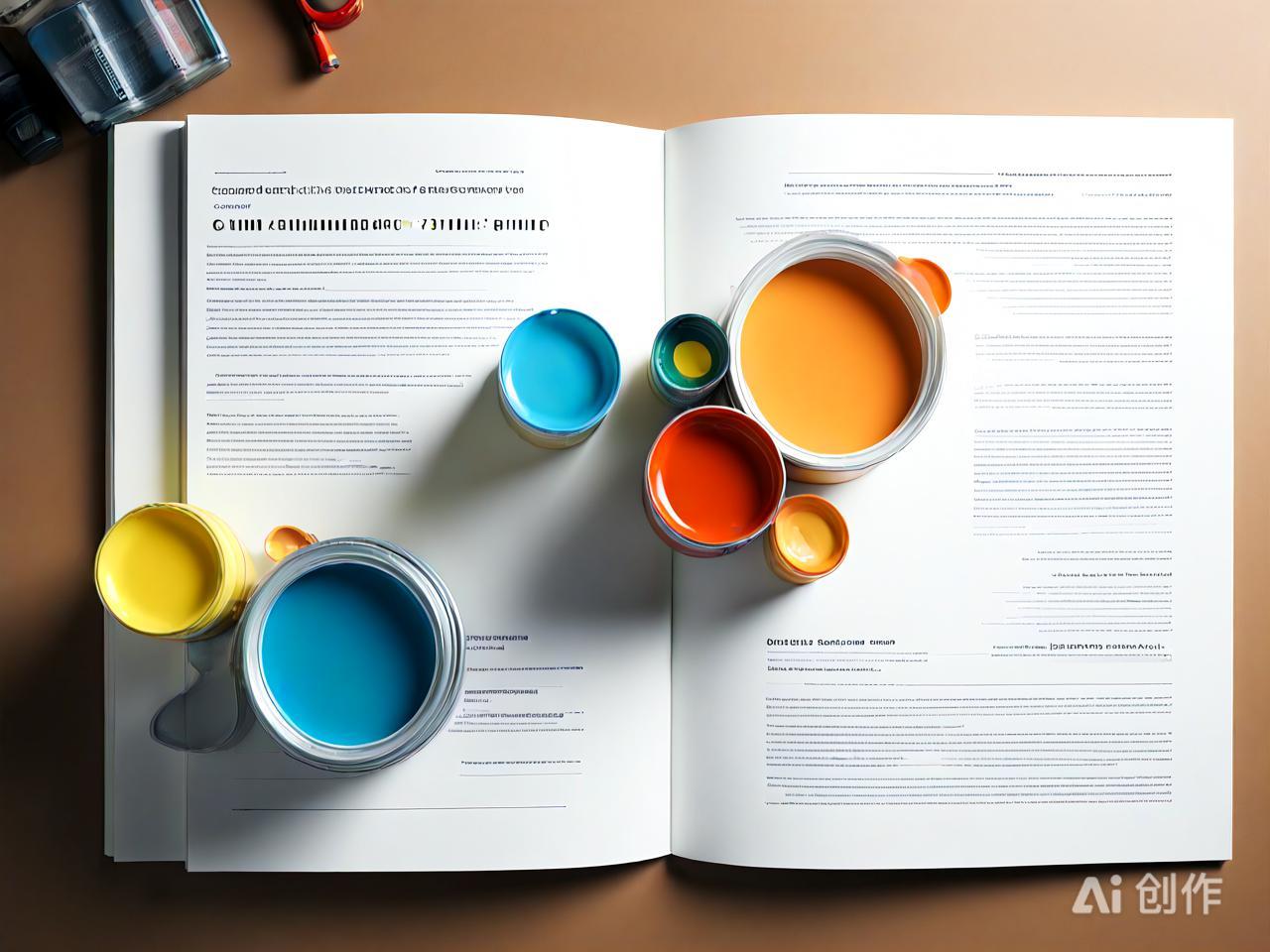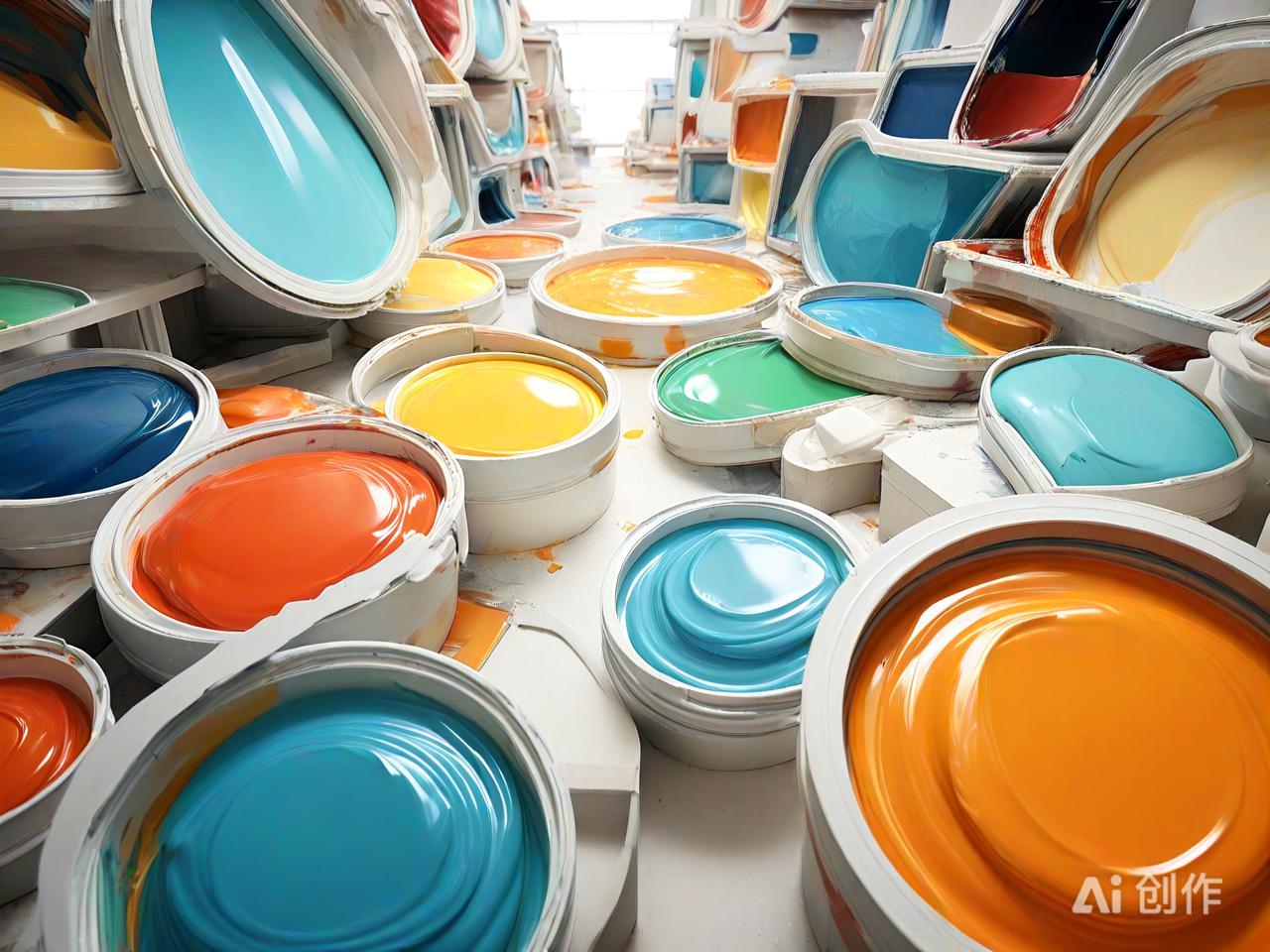A Comprehensive Guide to Marine Paints: Types and Selection Tips
Marine paints play a crucial role in protecting ships and boats from the harsh conditions of the marine environment. From preventing corrosion to reducing biofouling, the right type of marine paint can significantly extend the lifespan of a vessel. This guide will explore the various types of marine paints available and provide practical tips for selecting the best paint for your maritime needs.
1. Types of Marine Paints
Understanding the different types of marine paints is essential for making an informed decision. Here are the most common types:
Anti-Fouling Paint: This type of paint is designed to prevent the growth of marine organisms such as algae, barnacles, and mollusks on the hull. Anti-fouling paints contain biocides that deter these organisms, thereby improving the vessel's performance and fuel efficiency.
Epoxy Paint: Known for its excellent adhesion and durability, epoxy paint is commonly used as a primer or undercoat. It provides a strong barrier against moisture and corrosion, making it ideal for metal hulls and other surfaces that require robust protection.
Polyurethane Paint: This paint offers a high-gloss finish and excellent UV resistance, making it suitable for above-waterline surfaces. Polyurethane paints are also known for their durability and color retention.
Alkyd Paint: Alkyd paints are oil-based and provide good protection against rust and corrosion. They are often used for interior surfaces and areas that are not exposed to constant water immersion.
Zinc-Rich Paint: Containing a high concentration of zinc dust, this paint provides cathodic protection to metal surfaces. It is commonly used as a primer for steel hulls to prevent rust and corrosion.
2. Factors to Consider When Choosing Marine Paints
Selecting the right marine paint involves considering several factors to ensure optimal performance and longevity. Here are some key considerations:
Type of Vessel: The type of vessel (e.g., sailboat, motorboat, yacht, commercial ship) will influence the choice of paint. Different vessels have varying requirements based on their size, usage, and exposure to marine conditions.
Material of the Hull: The material of the hull (e.g., steel, aluminum, fiberglass, wood) will determine the type of paint needed. For example, steel hulls require anti-corrosive primers, while fiberglass hulls may need specialized coatings.
Environmental Conditions: Consider the environmental conditions the vessel will be exposed to, such as saltwater, freshwater, or brackish water. Additionally, factors like temperature, UV exposure, and the presence of marine organisms should be taken into account.
Application Method: The method of application (e.g., brushing, rolling, spraying) can affect the choice of paint. Some paints are better suited for specific application methods, and the ease of application may also be a consideration.
Regulatory Compliance: Ensure that the paint complies with relevant environmental regulations, especially concerning the use of biocides in anti-fouling paints. Regulations such as the International Maritime Organization (IMO) guidelines should be followed.
3. Tips for Applying Marine Paints
Proper application of marine paints is crucial for achieving the desired protection and finish. Here are some tips:
Surface Preparation: Thoroughly clean and prepare the surface before painting. Remove any old paint, rust, or marine growth. Sanding and priming may be necessary to ensure good adhesion.
Follow Manufacturer’s Instructions: Always follow the manufacturer’s instructions regarding mixing, application, and drying times. This will ensure optimal performance and longevity of the paint.
Apply in Suitable Conditions: Paint in favorable weather conditions, avoiding extreme temperatures, high humidity, or direct sunlight. This will help achieve a smooth and even finish.
Use Appropriate Safety Gear: Marine paints can contain harmful chemicals, so use appropriate safety gear such as gloves, masks, and goggles during application.
4. Maintenance and Recoating
Regular maintenance and timely recoating are essential to keep the vessel in good condition. Here are some maintenance tips:
Inspect Regularly: Regularly inspect the hull and other painted surfaces for signs of wear, damage, or marine growth. Early detection can prevent more extensive damage.
Clean Periodically: Clean the hull periodically to remove dirt, algae, and other contaminants. This will help maintain the effectiveness of the anti-fouling paint.
Recoat as Needed: Recoat the surfaces as needed, following the manufacturer’s recommendations. Regular recoating will ensure continuous protection and maintain the vessel’s appearance.
Conclusion
Choosing the right marine paint is essential for protecting your vessel from the harsh marine environment and ensuring its longevity. By understanding the different types of marine paints and considering factors such as the type of vessel, hull material, and environmental conditions, you can make an informed decision. Proper application and regular maintenance will further enhance the performance and durability of the paint, keeping your vessel in top condition for years to come. Happy sailing!








